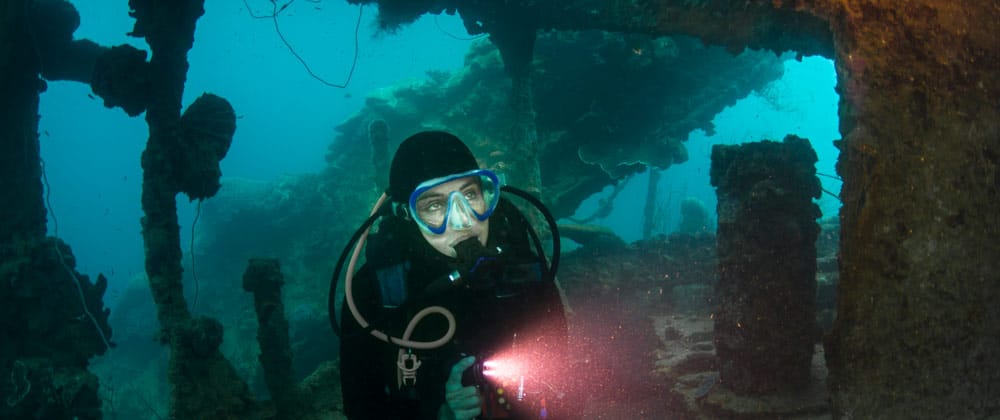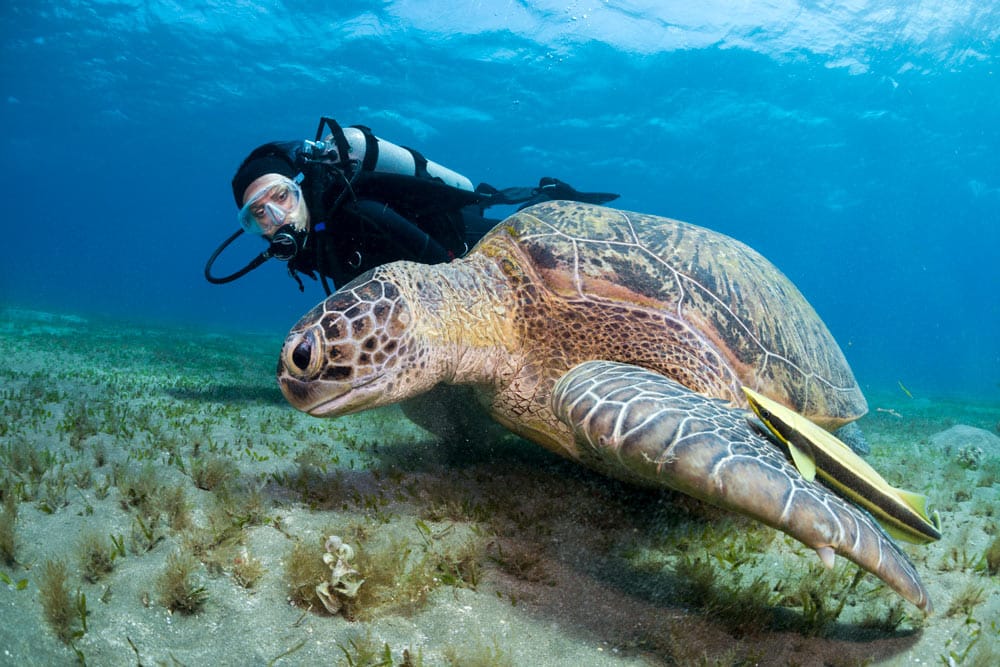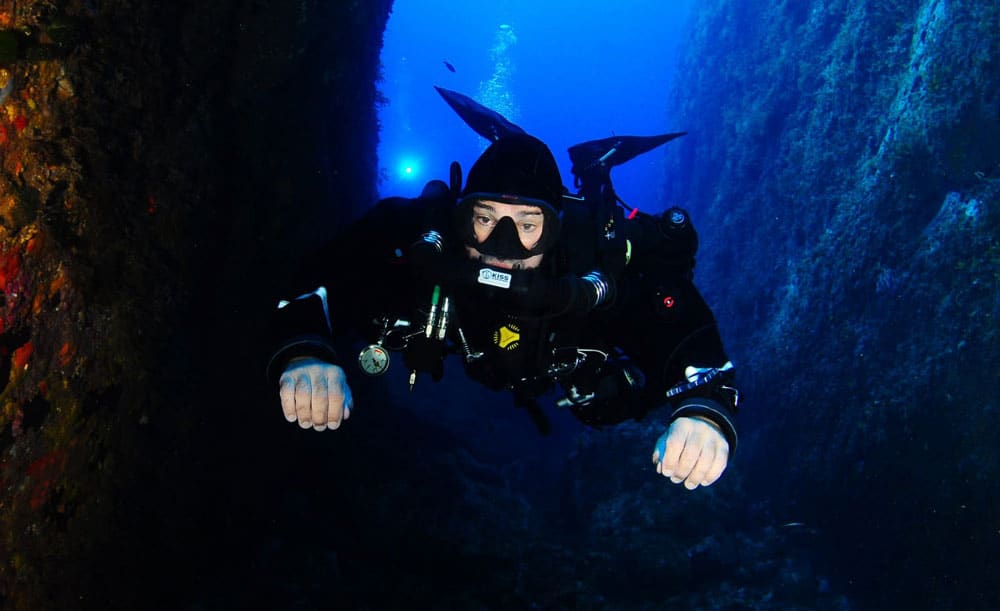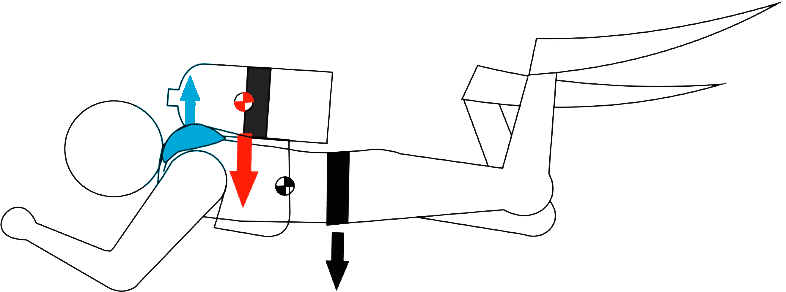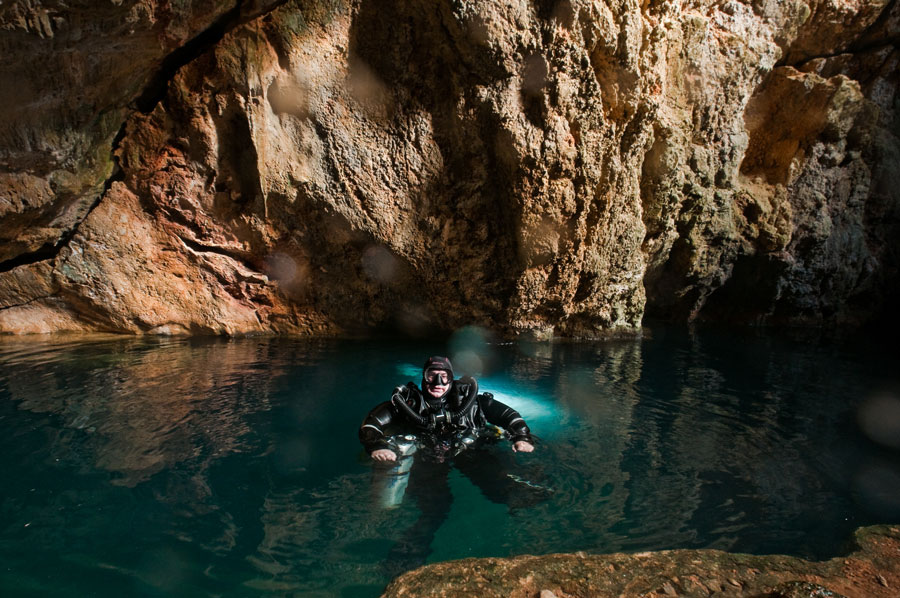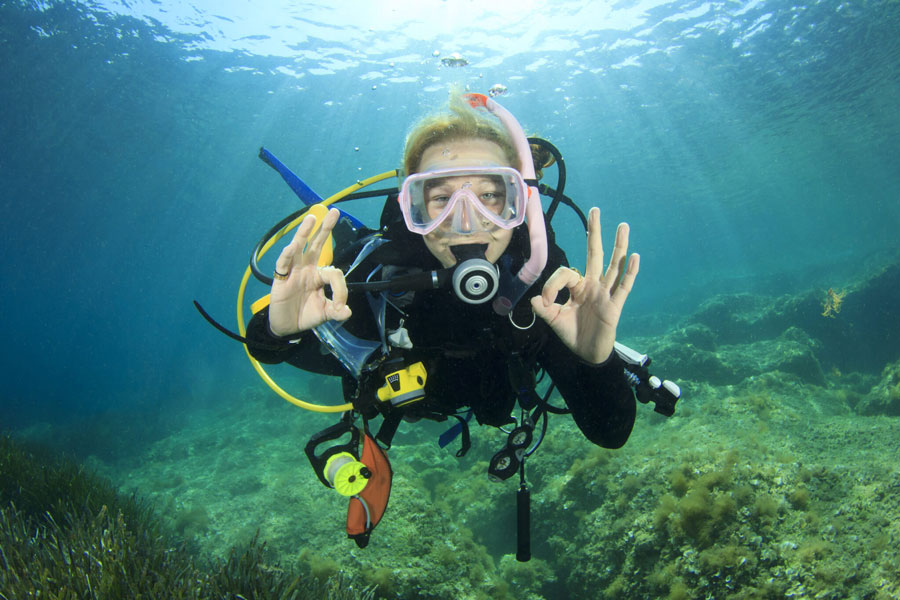- How do I know if my ballast weight is correct for scuba diving buoyancy control?
However, it’s important to note that this is just a general guideline. The best way to determine your exact ballast weight is to do a buoyancy check in the water.
To do a buoyancy check you should:
Put on all of your diving gear and empty your BCD.
Descend to a depth of 5 meters (16 feet).
If you are able to maintain a neutral position without moving your fins, then your ballast weight is correct.
If you float up or sink down, then you need to adjust your ballast weight.
You can see the explanation step by step in this video https://www.youtube.com/watch?v=IBNF95HV8Kk&ab_channel=DresselDivers
- What is the role of proper weight distribution in buoyancy control?
Weight distribution is key to achieving scuba buoyancy control. A well-balanced body in the water makes it easier to maintain neutral buoyancy and prevents you from drifting or feeling unbalanced. If your weight is off, it can throw off your orientation, making it hard to control your dive.
Achieving a horizontal posture is the holy grail for divers, minimizing resistance and ensuring seamless movement.
- Visualize the human body as a rocker, with its buoyancy center positioned below the sternum.
- Effectively balance the weight distribution, especially accounting for the placement of the diving tank and ballast, to maintain a streamlined posture.
If, on the contrary, the diver is over-ballasting, he or she will need to move the fins constantly in order to raise the legs and maintain a horizontal position. As a result, air consumption increases and comfort decreases. Scuba buoyancy control is also important for the environment, as excessive ballast can raise sediment that hinders visibility for other divers and can even damage the seabed and corals.
What is the best way to distribute weight for optimal buoyancy control?
The best way to distribute your weight is evenly across your body. Here’s how to do it:
Place the ballast weight around your waist for better stability and balance.
If needed, use hand and ankle weights to prevent your legs from floating up.
This setup helps you maintain a streamlined, horizontal posture, allowing for smoother diving and better control over your buoyancy.
- How does the environment affect my buoyancy control?
Several factors can influence your buoyancy, including:
Water temperature: Warm water makes you more buoyant, while cold water can make you sink more.
Salinity: Saltwater makes you more buoyant compared to freshwater.
Depth: The deeper you go, the more your suit compresses, which can affect your buoyancy.
Be sure to adjust your weight or BCD inflation accordingly.
- How can I practice buoyancy control at home?
You can practice breath control and relaxation techniques at home to improve your buoyancy. While not a perfect substitute for underwater practice, these exercises can help you develop better body awareness and control, making your dives smoother when you’re in the water.
Mastering scuba diving buoyancy control is the key to a smoother, safer, and more enjoyable diving experience. If you follow these scuba buoyancy control tips, you’ll find yourself gliding through the water with ease, saving air, and protecting the environment. So, next time you dive, remember: Practice makes perfect, and a little patience goes a long way. Now, go ahead, dive in, and show off your perfect buoyancy!
Ready to take the plunge? Book your next dive with us and start practicing these tips in the Caribbean beautiful, crystal-clear waters!




